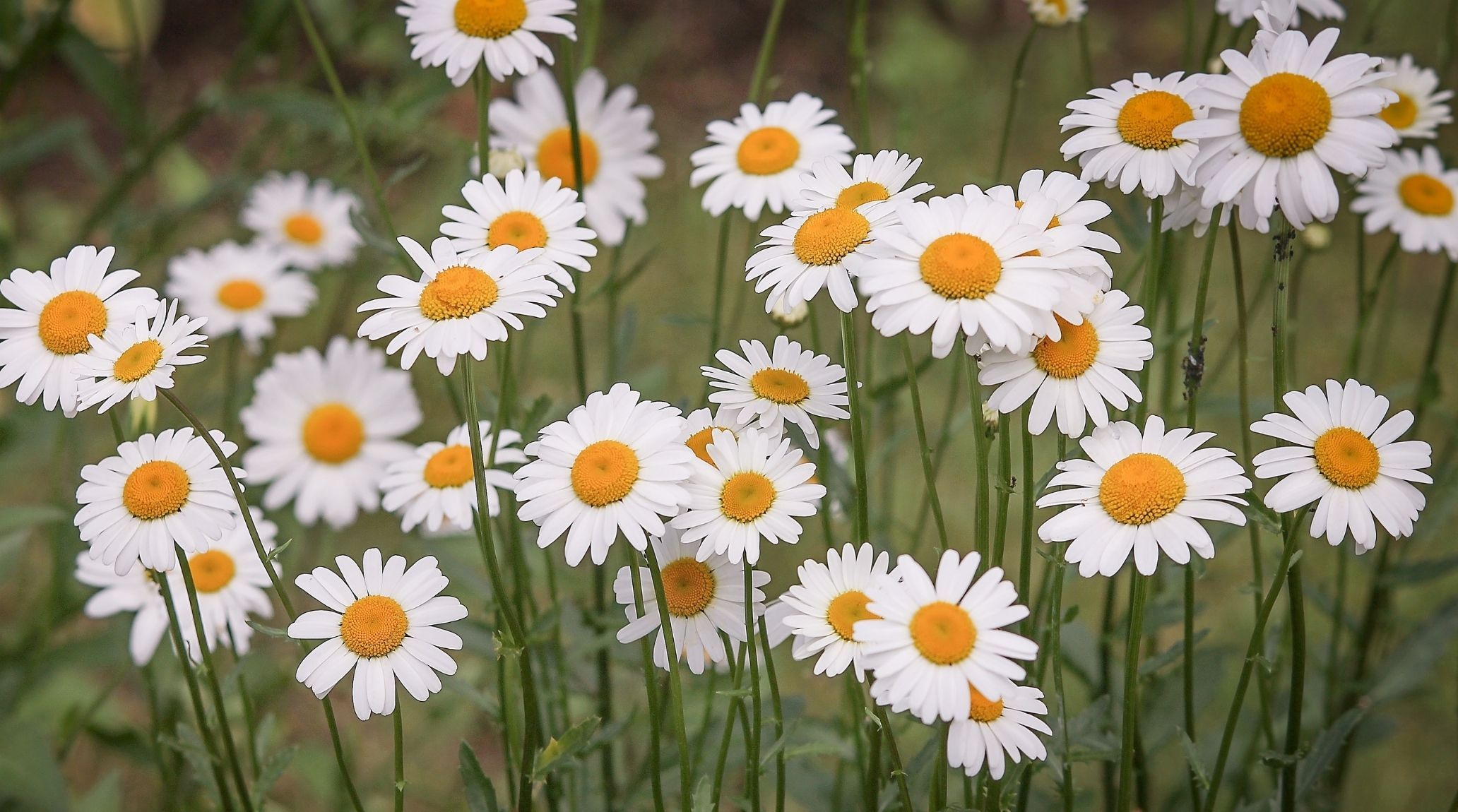
“
Daisies are delightful flowers that brighten up gardens and meadows with their cheerful presence. These charming blooms are not only beautiful but also hold fascinating secrets that make them truly special. Let's dive into 20 Interesting Facts About Daisies that are sure to captivate young gardeners and spark their curiosity about these wonderful plants! From their ancient history to their surprising adaptability, daisies have much more to offer than meets the eye.1
1
”
The name "daisy" is derived from the Old English phrase "day's eye" because the flower opens its petals at dawn and closes them at dusk. This charming characteristic makes daisies a symbol of purity and innocence. 1
Daisies are part of the Asteraceae family, which is one of the largest families of flowering plants. This family includes over 23,000 species, such as sunflowers, marigolds, and chrysanthemums, making daisies their delightful cousins. 2
The longest daisy chain ever made spanned 2.12 km (1.31 miles). It was crafted by 16 villagers in Good Easter, Chelmsford, Essex, UK. This incredible feat was completed in just 7 hours on 27 May 1985, setting a record. 3
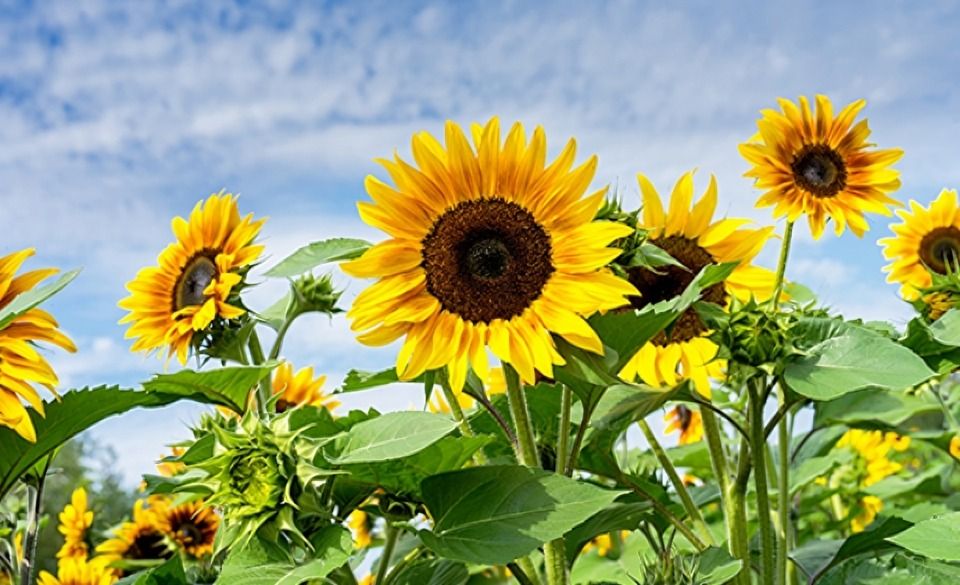
Sunflowers are often considered the 'big cousins' of daisies. Both belong to the same Asteraceae family, but sunflowers grow much larger and have a more prominent, towering presence compared to the more modest, delicate daisies.
Did you know that daisy petals and leaves are edible? They can be used to add a splash of color and a mild, peppery flavor to salads and dishes. They offer a unique and visually appealing ingredient, making meals vibrant and flavorful. 4
The largest game of "He Loves Me He Loves Me Not" involved 331 people simultaneously picking daisy petals on the set of Lo Show Dei Record in Milan, Italy, on 18 April 2009, a game of French origin that predicts the truth about one's affection. 5
Historically, daisies have been used in herbal medicine to treat a variety of ailments, including coughs, wounds, and digestive issues. Their soothing properties made them a valuable remedy in traditional healing practices. 6
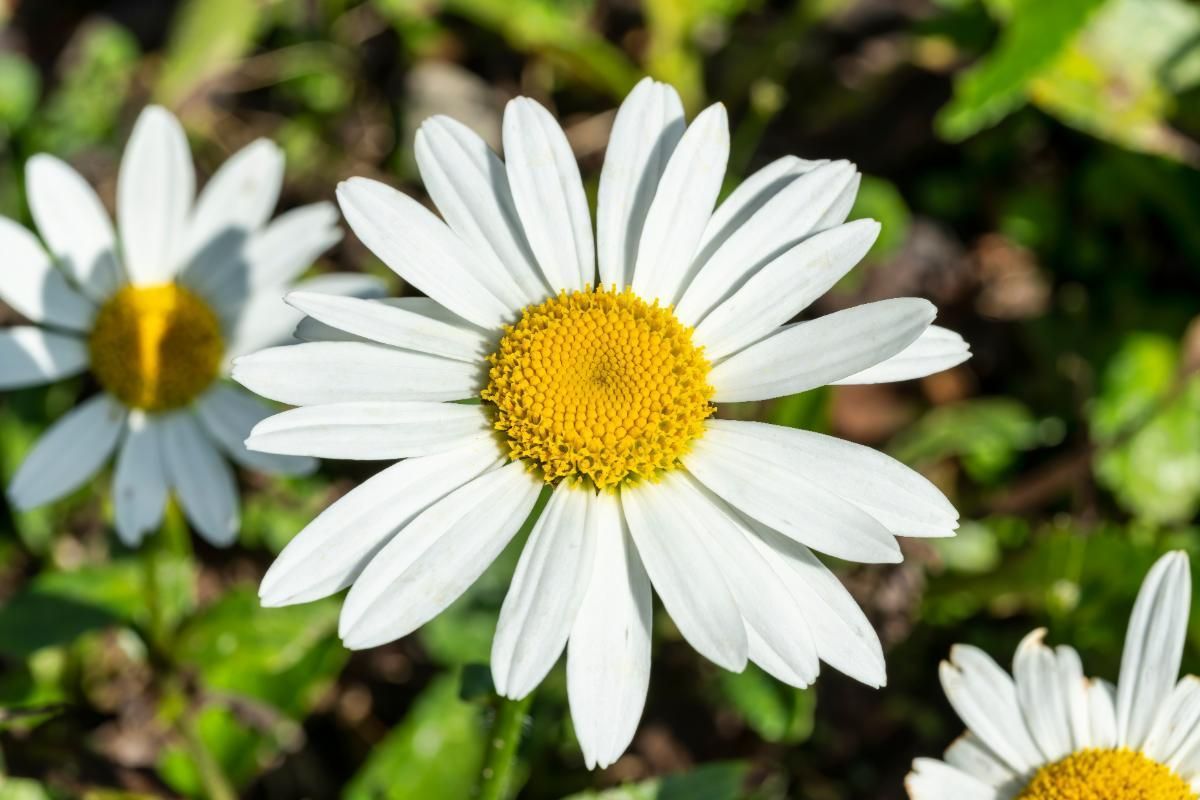
Surprisingly, a daisy is actually two flowers in one: the white petals form one flower, in contrast the cluster of tiny yellow disc petals in the center, known as the 'eye,' constitutes another distinct flower.
Classified in 1792 by German botanist Paul Dietrich Giseke, the daisy family, scientifically known as Compositae, reflects the collaborative efforts of Giseke and his close friend, Carl Linnaeus, the father of modern taxonomy. 7
Daisies are the national flower of several countries, including England, Germany, and Wales. Their simple beauty and cheerful appearance make them a symbol of purity and innocence, cherished in these regions for their cultural and symbolic significance. 8
Despite their delicate appearance, some daisies can become serious weeds if not controlled, thriving in harsh conditions and proving resistant to many bugs and pesticides, making them challenging to manage in gardens and fields. 9
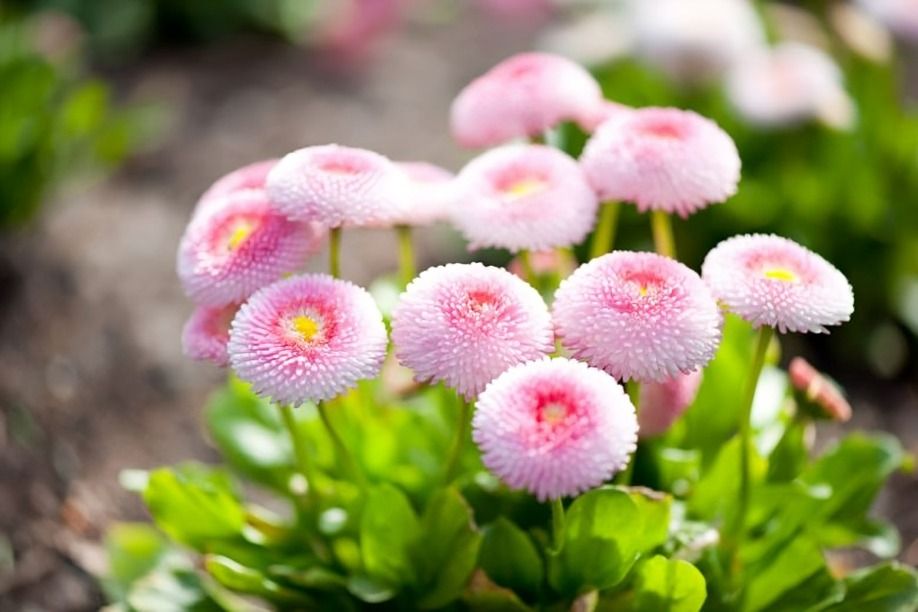
The common daisy, scientifically called Bellis perennis, means "everlasting beauty" in Latin. This name reflects the timeless charm and enduring nature of these flowers, symbolizing their persistent appeal and the lasting beauty they bring to any setting.
Once planted, daisies can self-sow, meaning they will drop seeds and grow new plants year after year without much effort. This natural propagation makes them a low-maintenance and rewarding addition to any garden. 10
Daisy tea, made from dried petals and leaves, is a refreshing herbal drink with calming effects. The flowers can also be used in skin creams because they have soothing and anti-inflammatory properties, making them great for your skin. 11
Daisy seeds have a relatively quick germination period, typically sprouting within 10 to 20 days under optimal conditions. This rapid germination enables swift growth and blooming, allowing daisies to thrive and brighten gardens in a short amount of time. 12
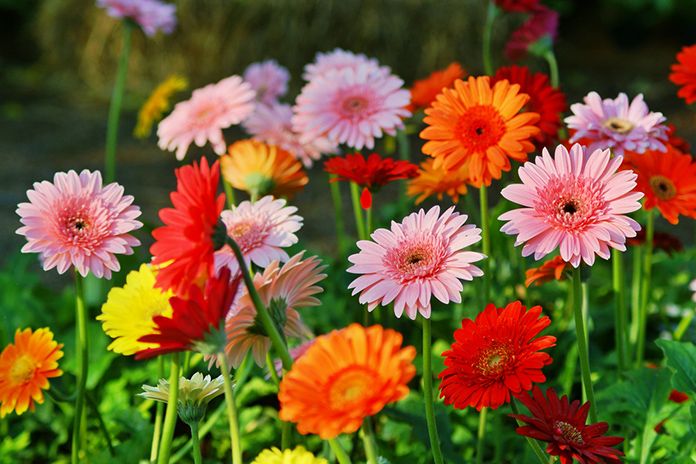
While the classic daisy is white with a yellow center, many varieties come in different colors and sizes. From bright pinks and purples to tiny ground cover types, there's a daisy for every garden style.
Daisy flowers can be used to create natural dyes. Their petals produce a range of colors, making them a sustainable and eco-friendly option for dyeing fabrics and materials, adding a touch of botanical beauty to various crafts. 13
Daisies can help control weeds by providing dense ground cover that shades and suppresses weed growth. Their broad foliage blocks sunlight, preventing weeds from thriving and making them a useful plant for maintaining a tidy garden. 14
Daisies typically have a lifespan of one to two years, depending on the variety and growing conditions. They often bloom from spring to early summer, with some species returning year after year if they self-seed or are properly cared for. 15
Bees are particularly fond of daisy relatives, such as Goldenrod. These plants are vital for honey production, providing bees with essential nectar and helping them thrive, which in turn supports the production of delicious honey. 16


